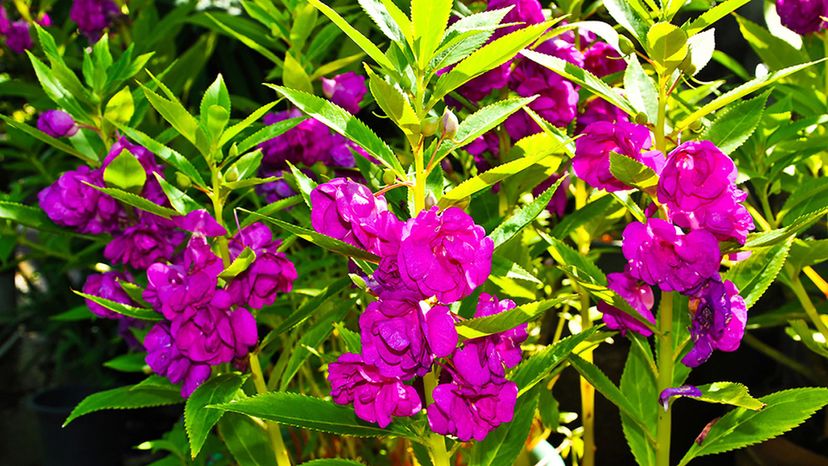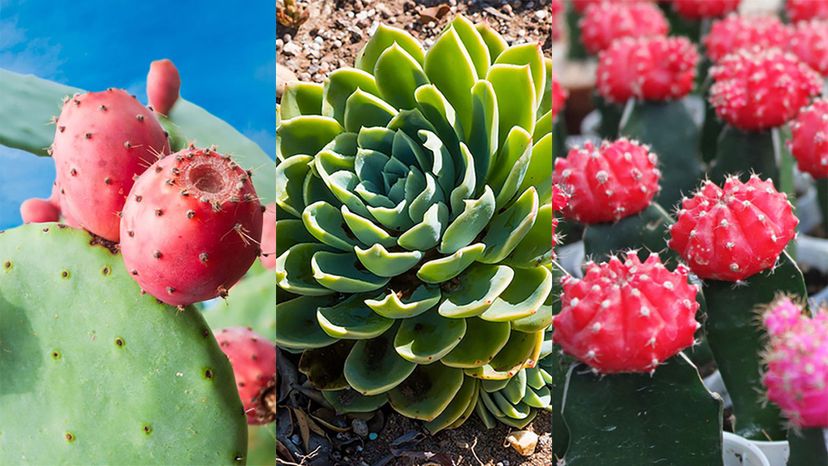
About This Quiz
Think you can tell the difference between the zebra plant and snake plant? What about aloe vera and the spiral aloe? Then grab your gardening tools and get ready!
A succulent is any plant that has thick fleshy leaves and/or stems in which it stores water. Therefore, succulents can endure extended periods of drought (as most well known in desert cacti.) However, this also leads succulents to be susceptible to overwatering when kept indoors as houseplants. Plants of this category come in a multitude of unique shapes, colors, and sizes, which is part of what makes them such a beloved category of plants!
Because they don't need to be watered often and are generally striking and unusual in appearance, succulents are undoubtedly very popular choices as houseplants. If you're away from home a lot or are simply forgetful, then a succulent houseplant is definitely the way to go! Succulents aren't limited only to being houseplants, though. They're widely distributed in the wild all around the world, and most survive best in dry areas such as deserts, semi-deserts, and steppes.
All cacti are succulents by definition but they're sometimes excluded from the category due to having a feature unique to them - areoles (small round nodules all around the plant that spines or prickles may grow out of). For the sake of completeness, however, we've included cacti in this list!
If you're a confident botany buff then, without further ado, let's get on with the quiz!
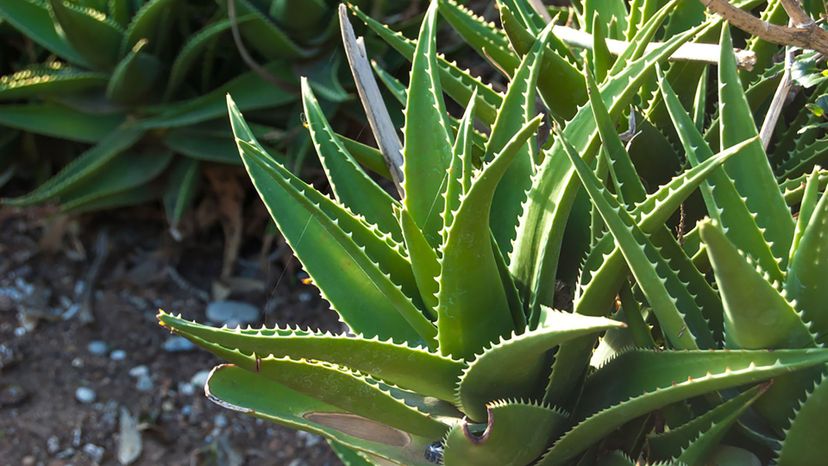
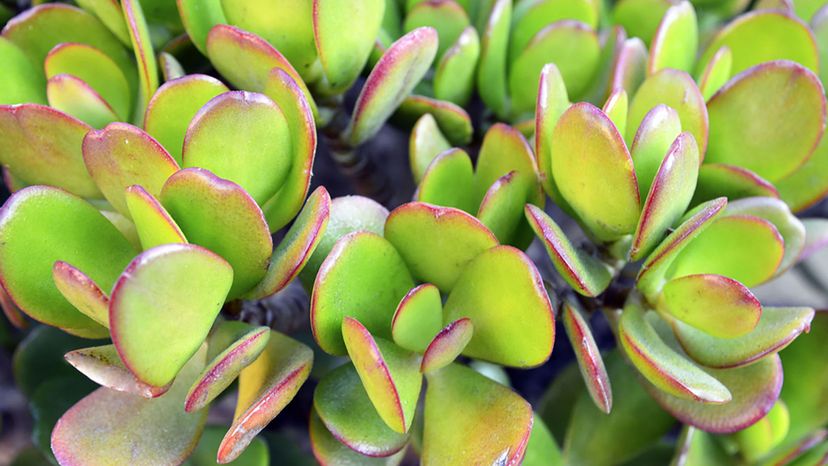
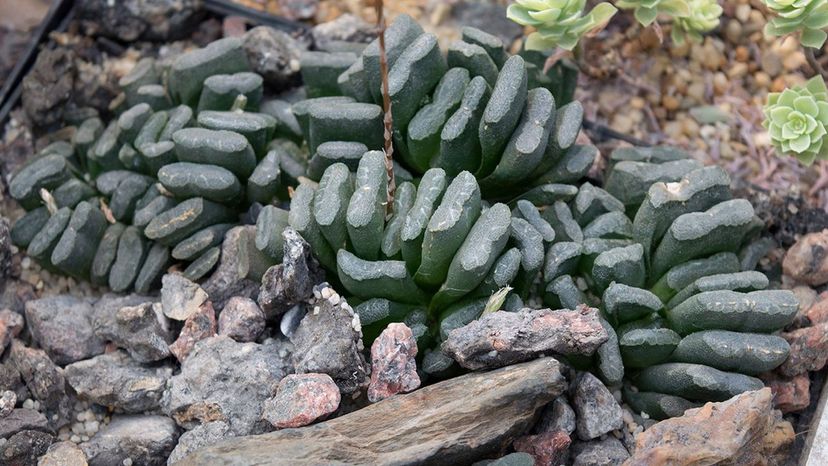
Advertisement
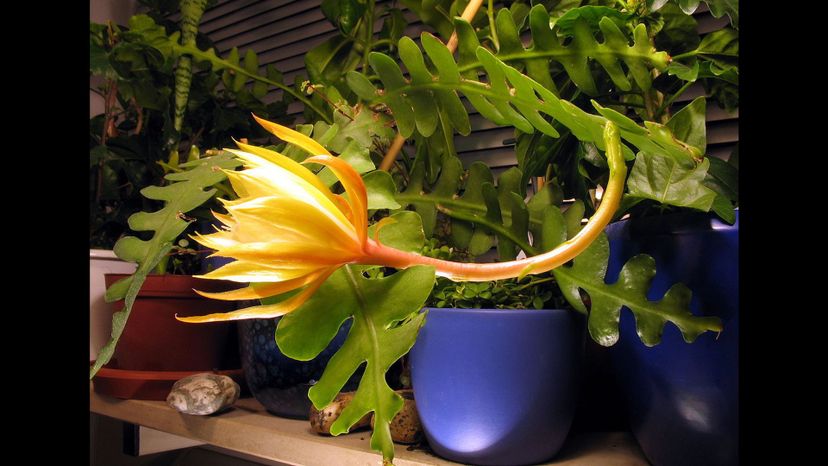
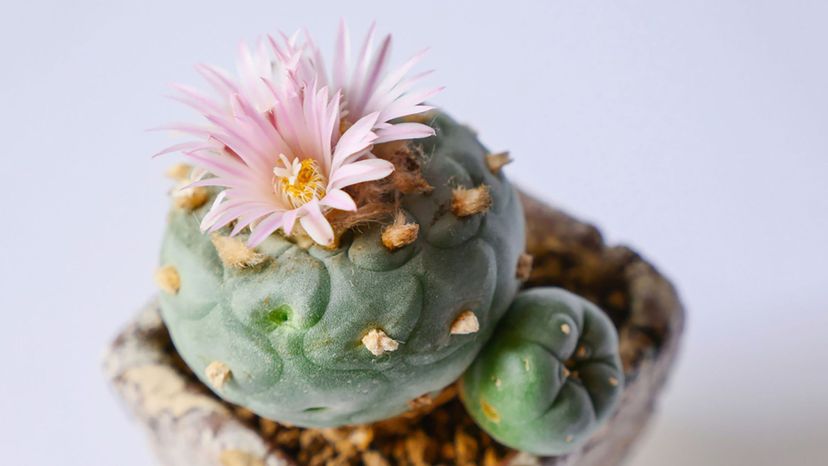
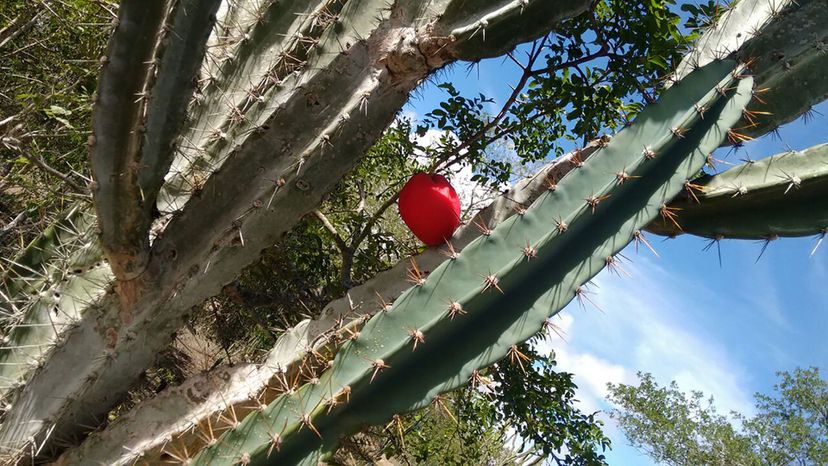
Advertisement

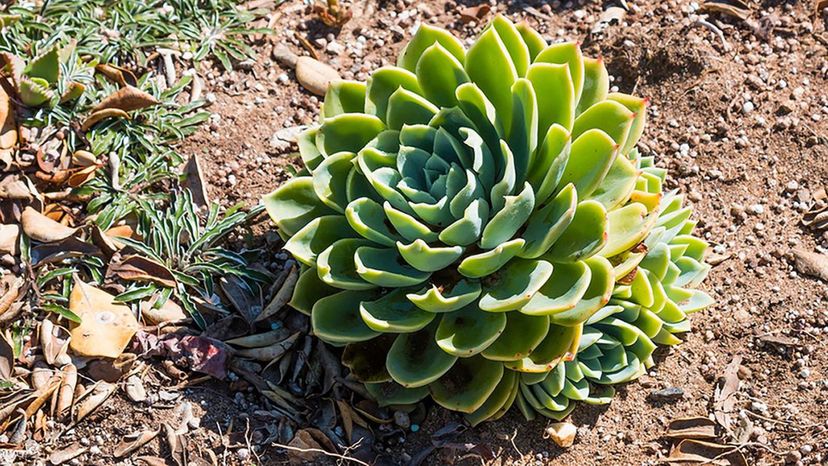
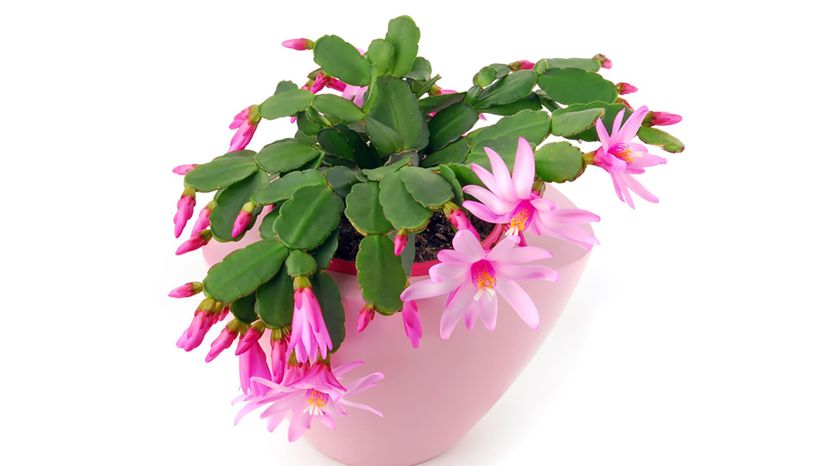
Advertisement
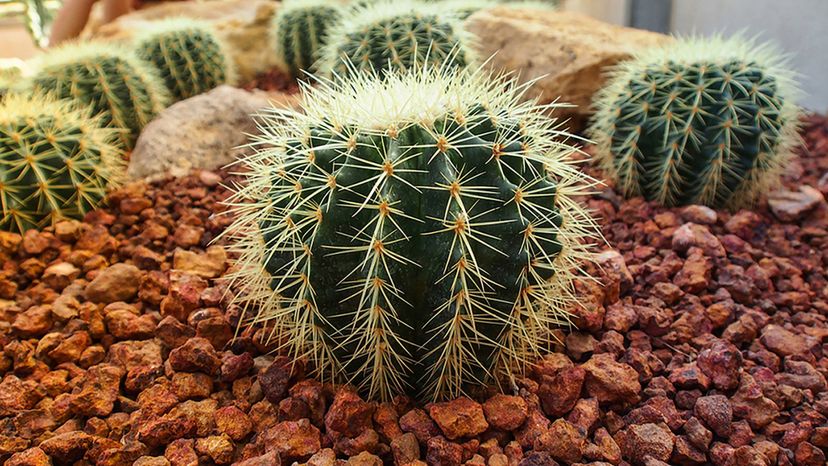
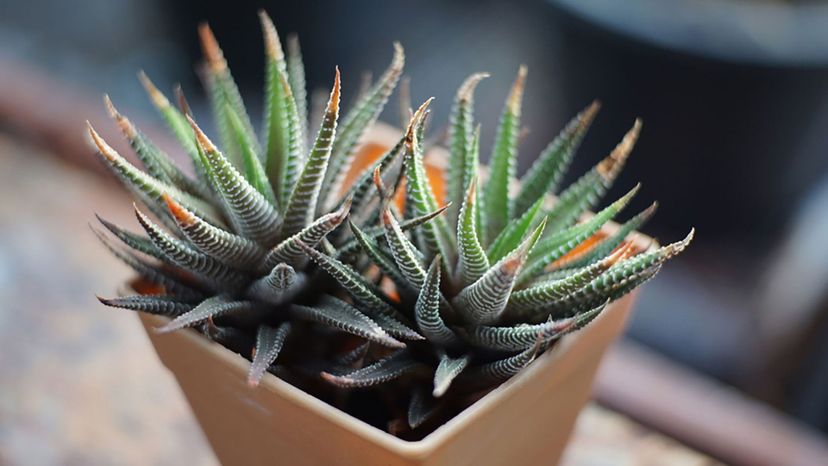

Advertisement
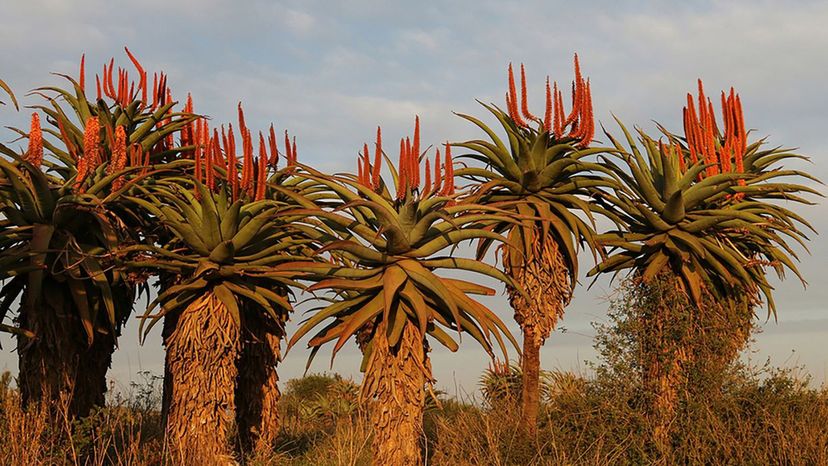
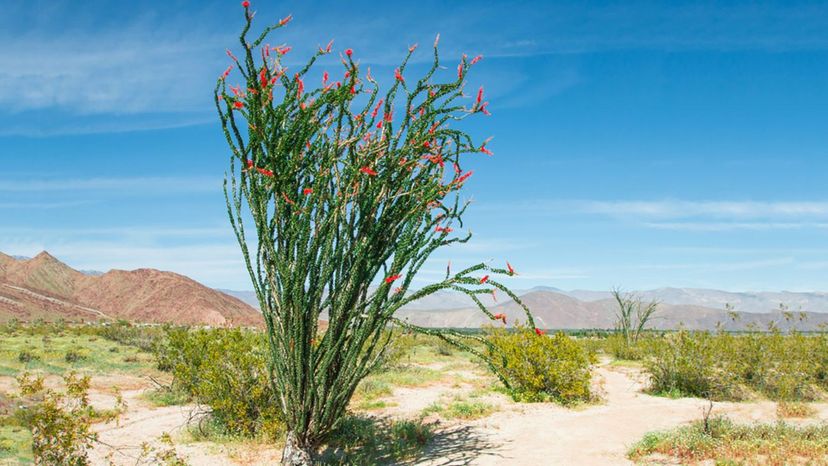
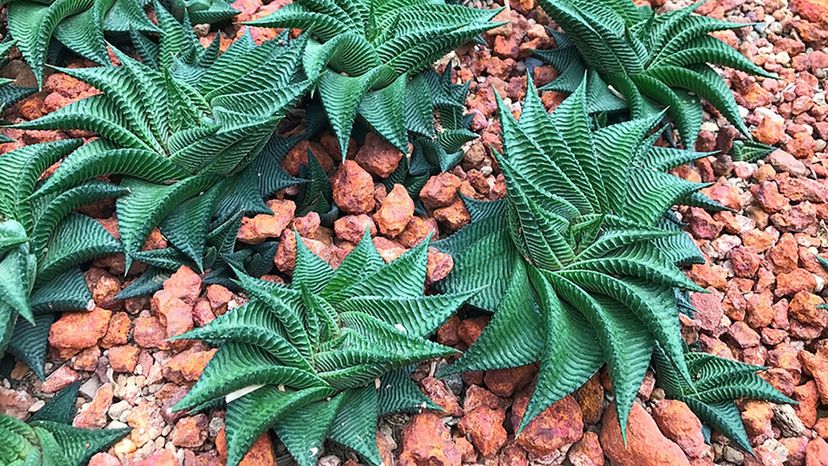
Advertisement

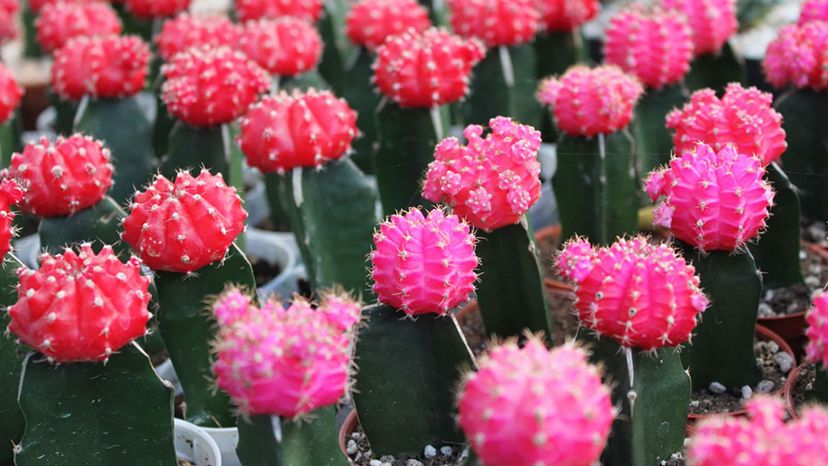
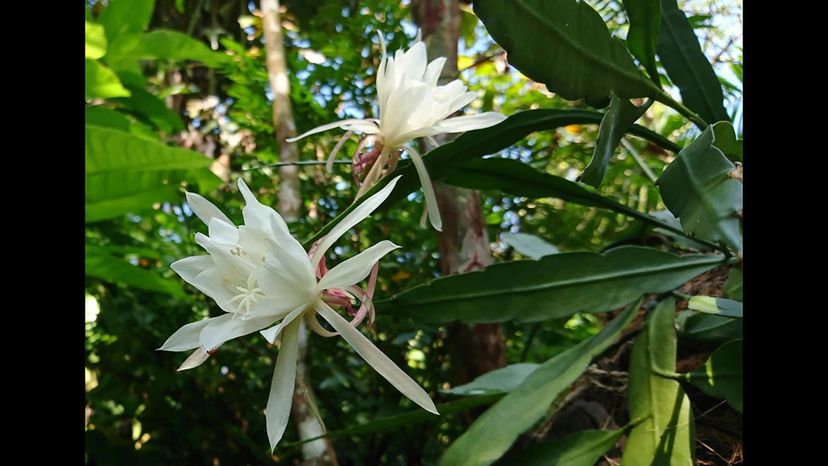
Advertisement
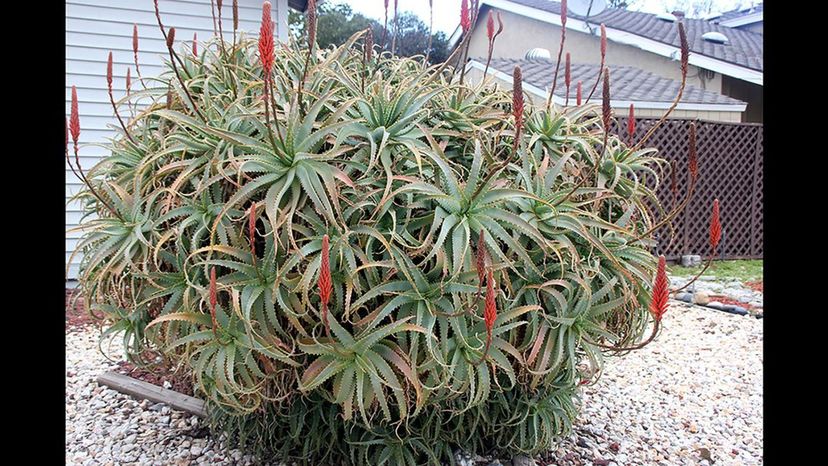
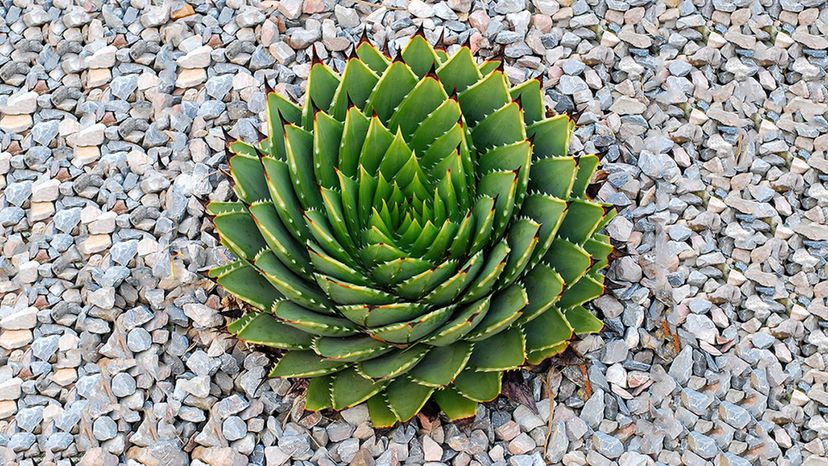
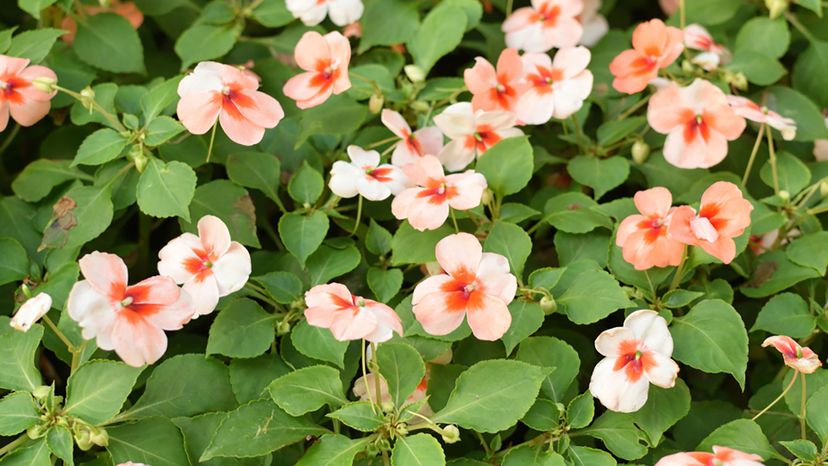
Advertisement
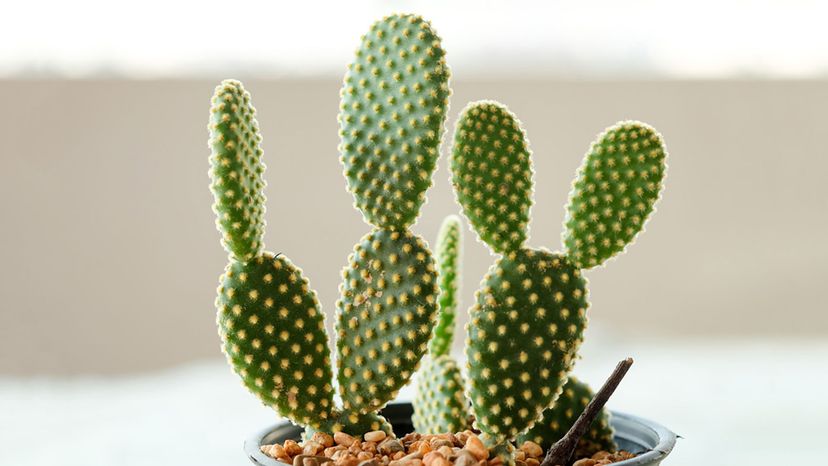
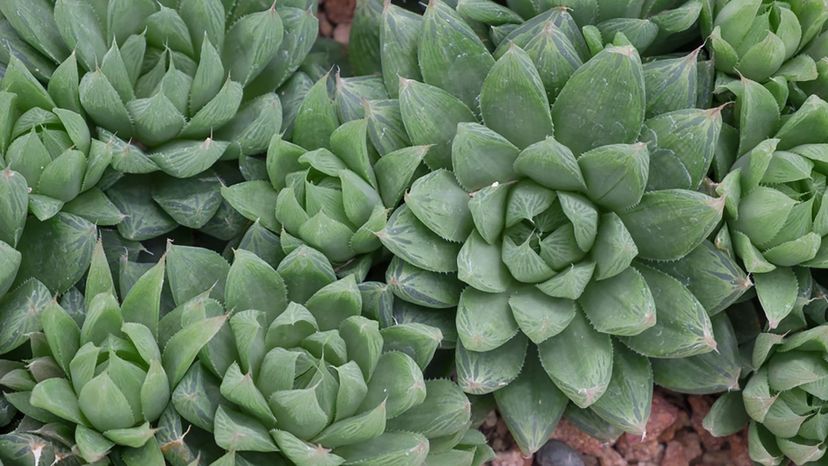
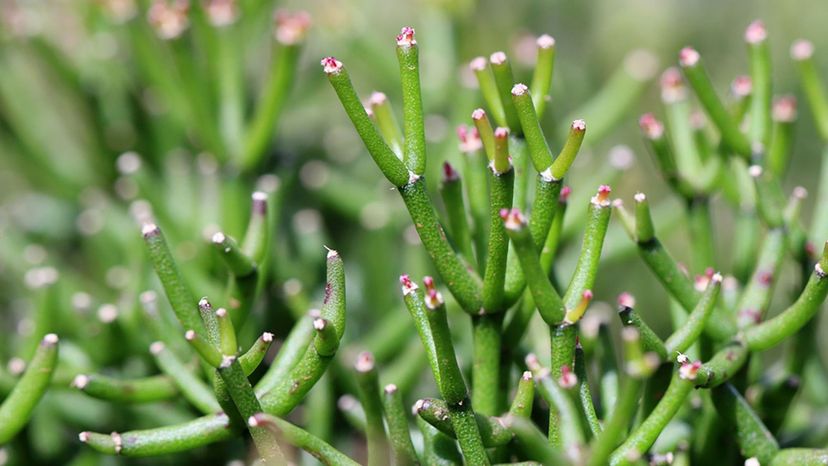
Advertisement
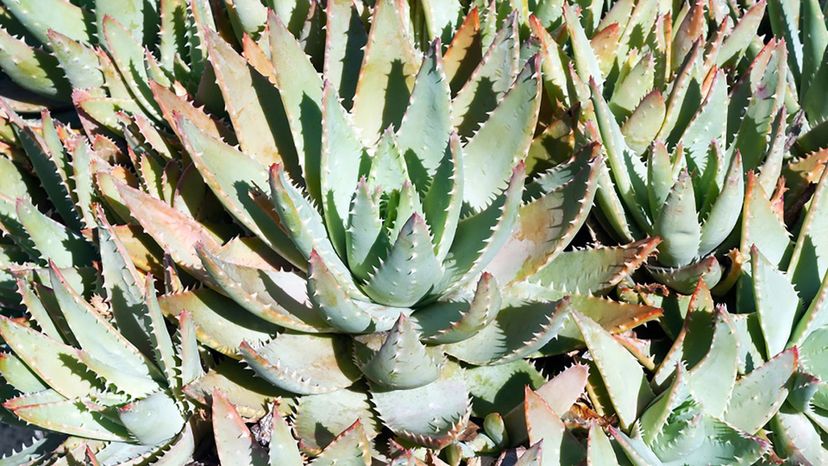


Advertisement
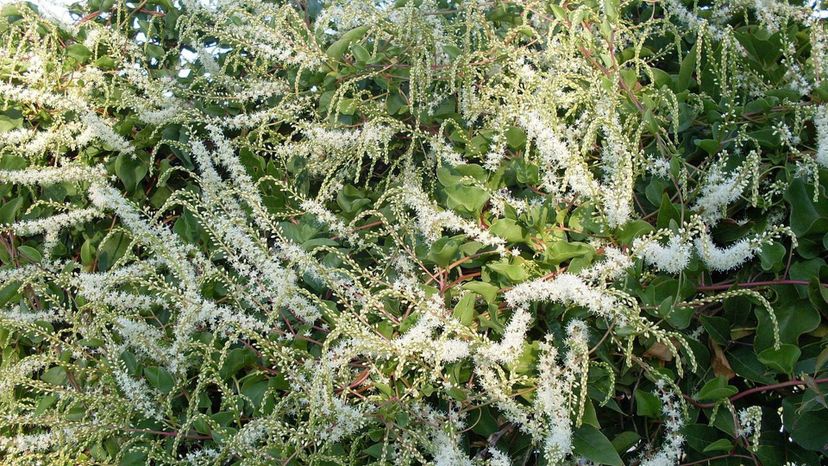

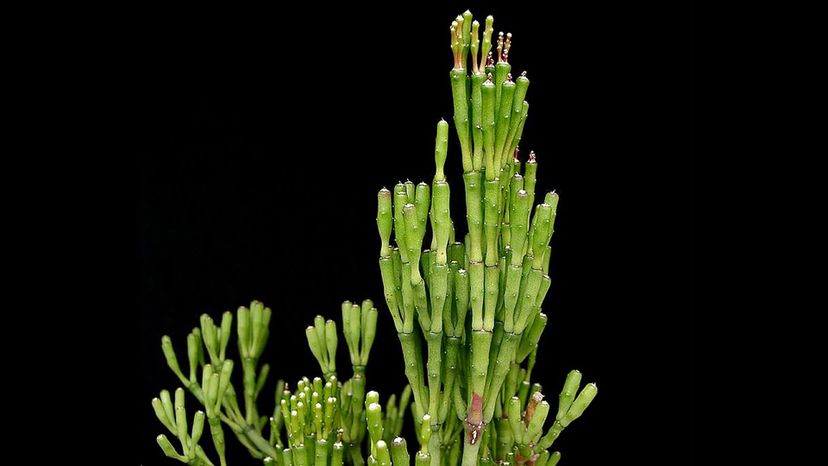
Advertisement
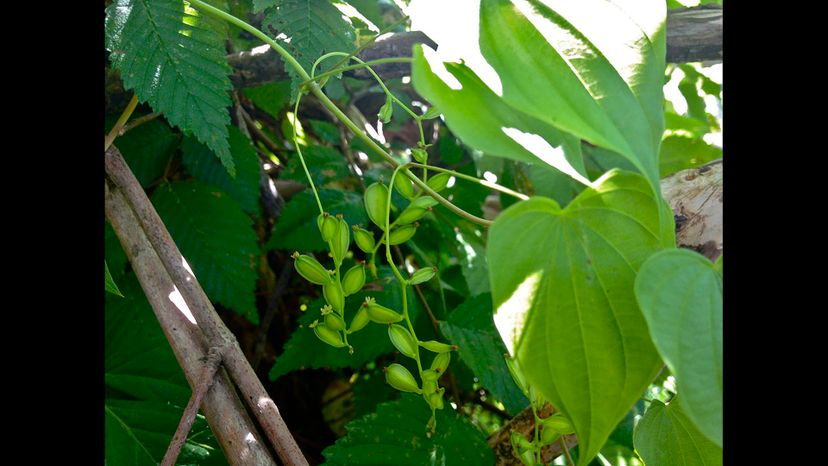
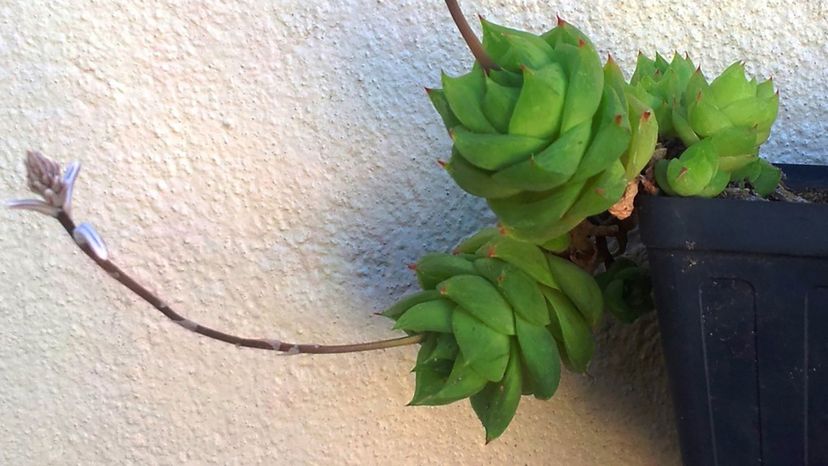
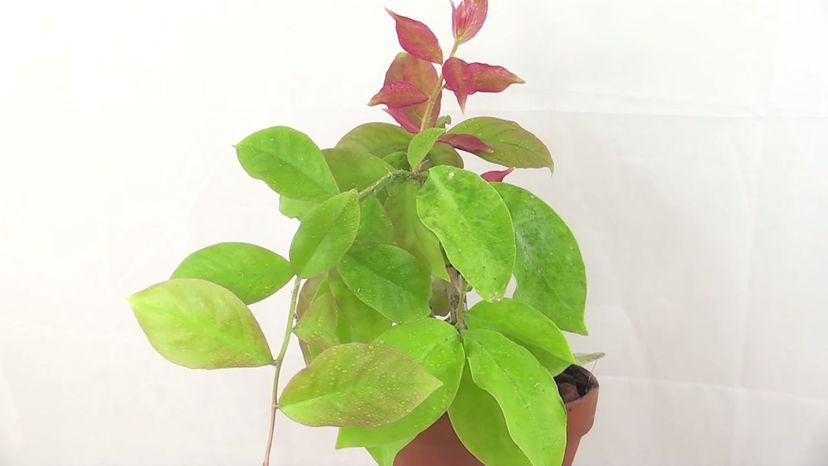
Advertisement
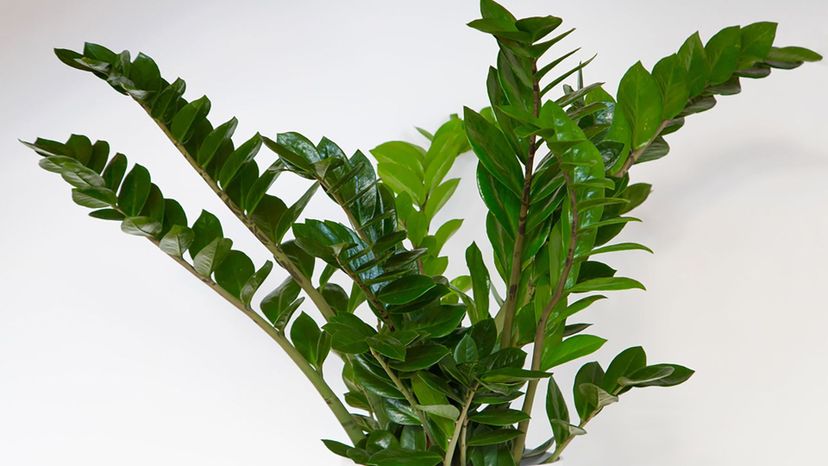
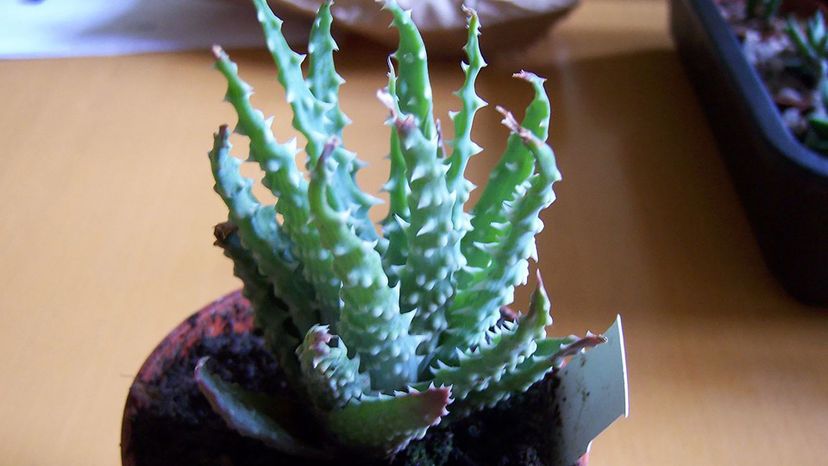

Advertisement

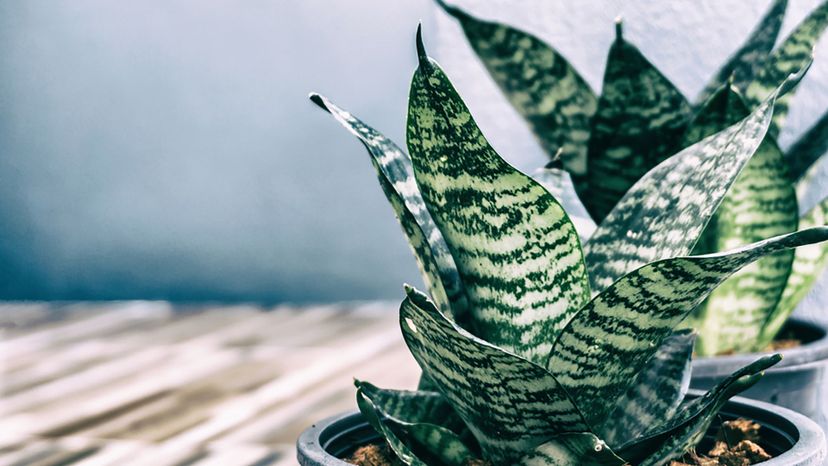
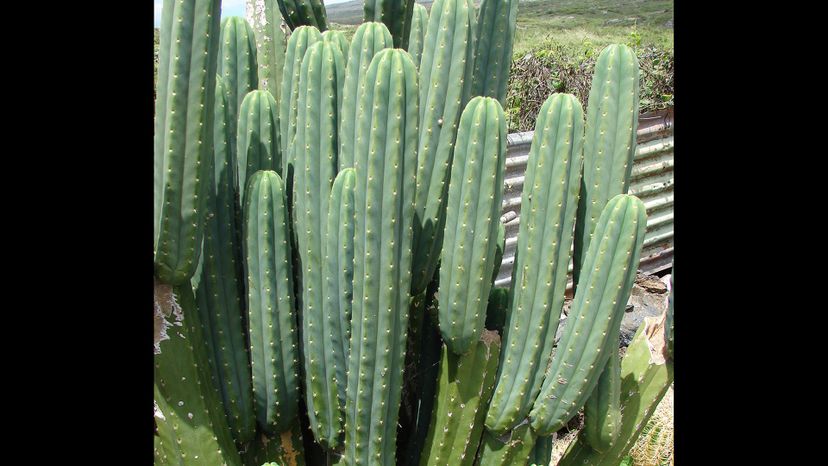
Advertisement
